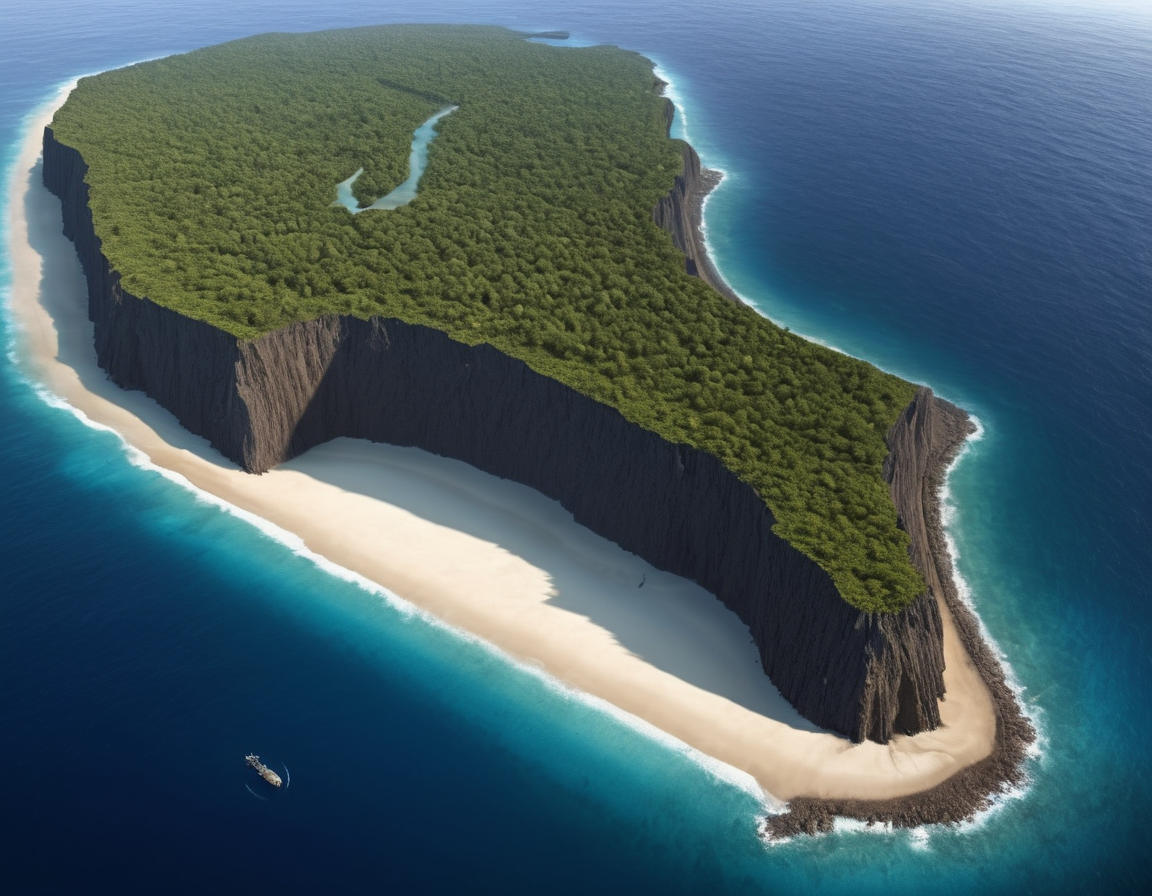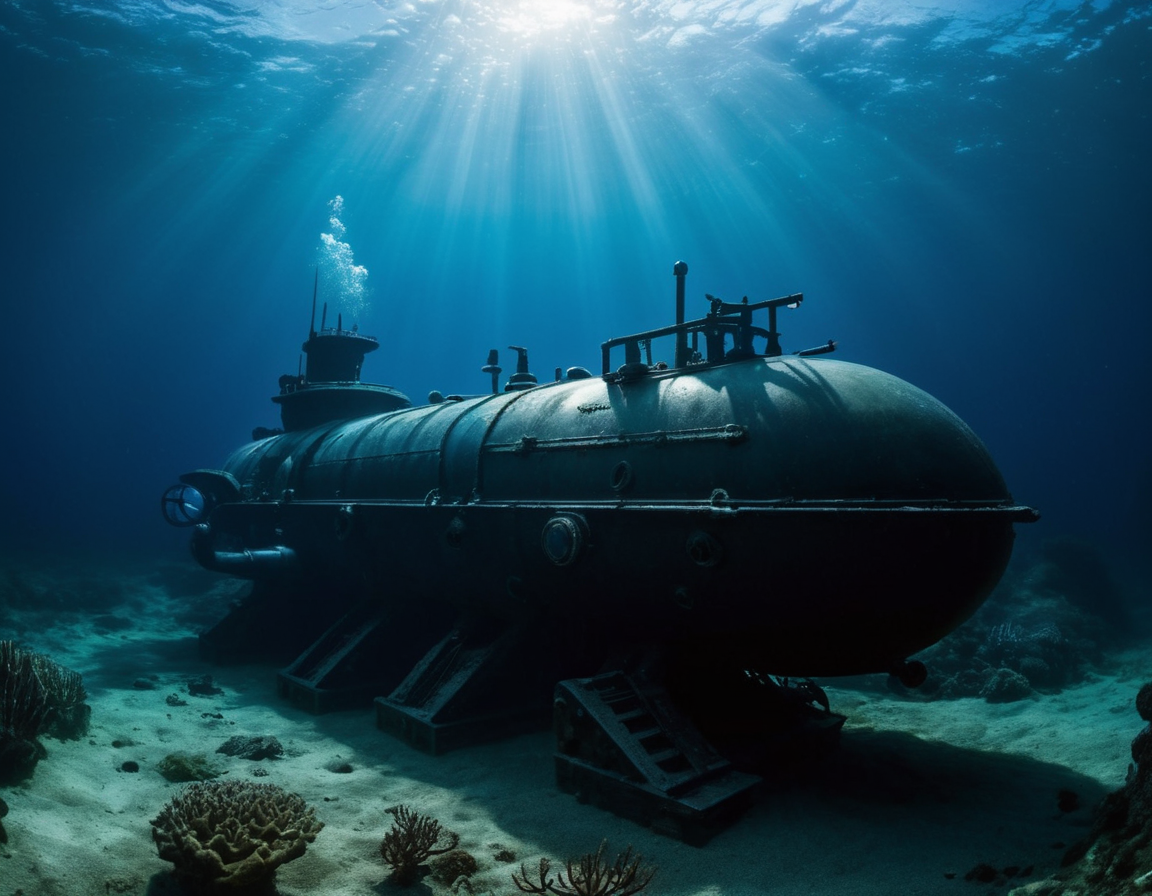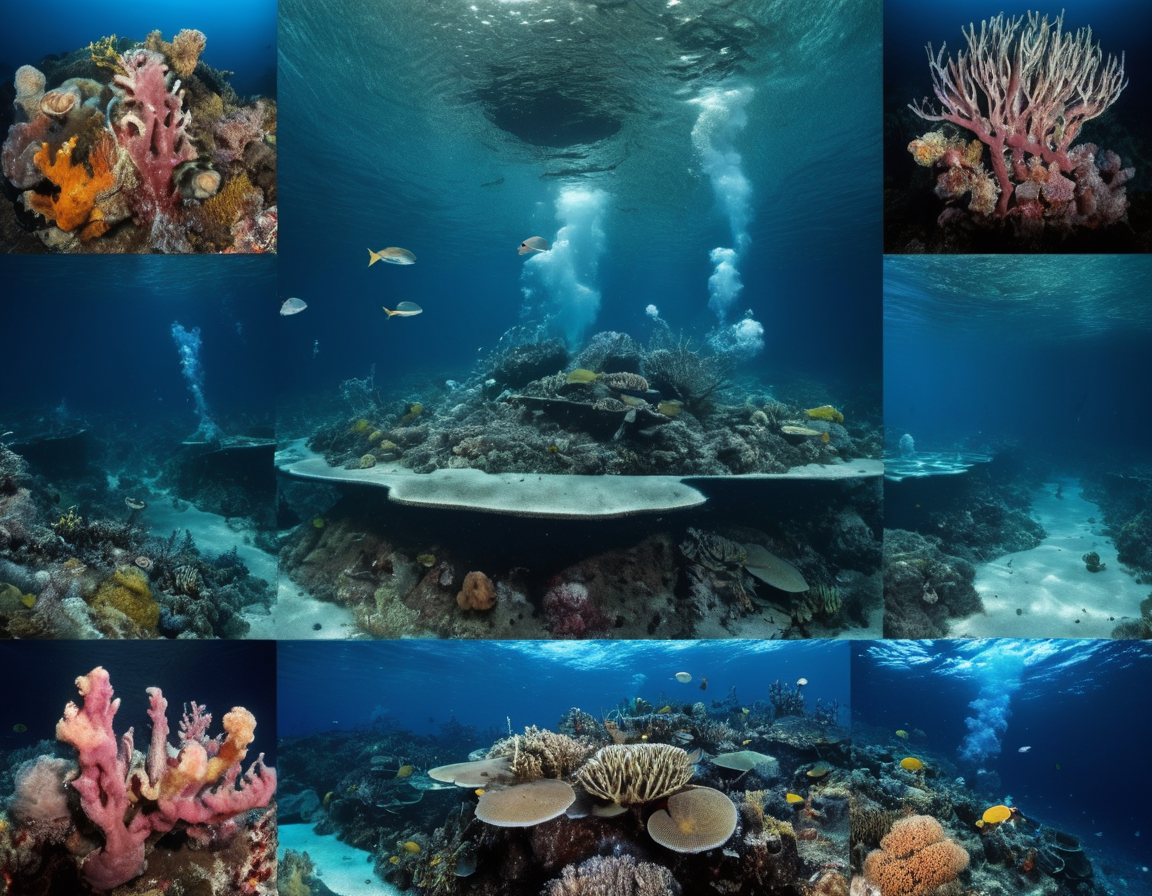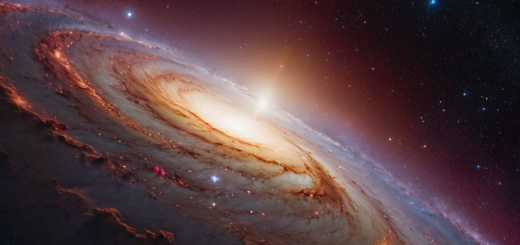Exploring the Depths of the Mariana Trench: A Glimpse into the Deepest Part of the World’s Oceans
Discovering the Mysteries of the Mariana Trench
The Mariana Trench is a place of awe-inspiring mystery and one of the least explored areas on Earth. Located in the Pacific Ocean, this crescent-shaped scar in the Earth’s crust reaches depths exceeding 36,000 feet, making it the deepest known part of the world’s oceans. In this comprehensive look into the Mariana Trench, we will dive into its geography, ecosystem, notable expeditions, and the scientific significance of exploring such an extreme environment.
Unveiling the Geography of the Mariana Trench
Named after the nearby Mariana Islands, the Trench forms part of a global network of deep-sea trenches created by tectonic activity. It is at the site of a convergent plate boundary where two colossal slabs of the Earth’s crust collide and one is forced beneath the other. This process, known as subduction, gives rise to the extraordinary depths witnessed in the trench. The exact point of the trench’s greatest depth is known as the Challenger Deep, a small slot-shaped valley in its floor.

The Hidden Ecosystem of the Mariana Trench
Perhaps one of the most fascinating aspects of the Mariana Trench is the unique ecosystem that thrives in its extreme conditions. Despite the crushing pressures, lack of sunlight, and cold temperatures, life finds a way to persist. The trench hosts a variety of organisms adapted to the darkness of the deep sea, including peculiar species of fish, invertebrates, and microorganisms. Hydrothermal vents spewing superheated water enriched with minerals provide the basis for the local food web.
Historic and Modern Expeditions
The Trench has been a site for scientific exploration since the early 20th century. The first recorded descent to the Challenger Deep was made in 1960 by the Trieste, a deep-diving submersible. In 2012, film director James Cameron piloted the submersible Deepsea Challenger to the depths of the trench, generating a renewed interest in deep-sea exploration. Various unmanned expeditions have since mapped and sampled the trench using advanced robotic technology.
Scientific Significance of the Mariana Trench
Studying the Mariana Trench provides invaluable insights into geology, biology, and the history of our planet. The extreme conditions mimic the environmental pressures found on extraterrestrial bodies, thus exploring the trench may help prepare humans for the exploration of other worlds. It also serves as a living laboratory for understanding how life can adapt to the harshest conditions imaginable, revealing potential new avenues for scientific research in medicine and biotechnology.

Join us as we unravel the secrets of the Mariana Trench and shed light on why this extraordinary part of our Earth’s oceans has captured human curiosity for decades. The journey to the depths unveils a world far removed from ours and yet, intrinsically connected to the well-being of our global ecosystem. Let’s embark on this underwater adventure and learn what lies beneath the waves.







